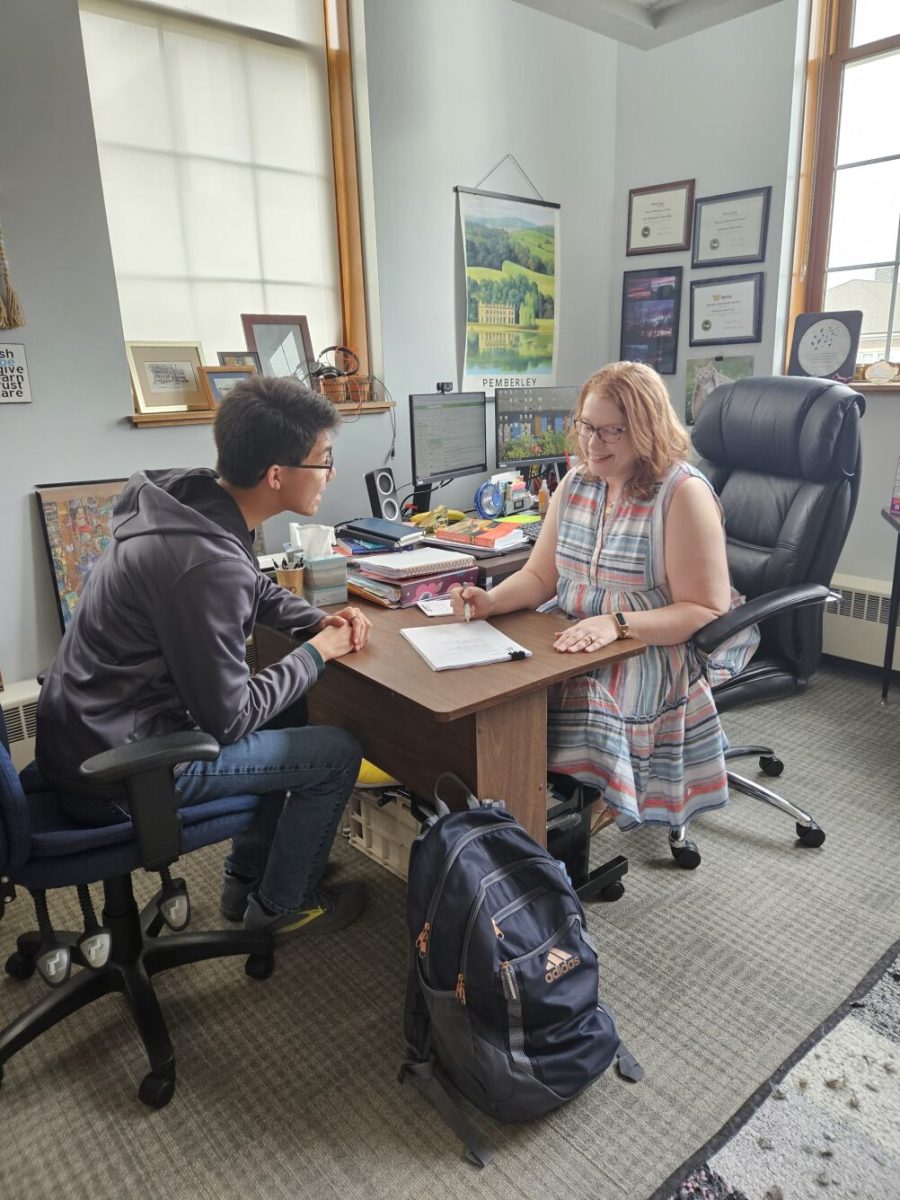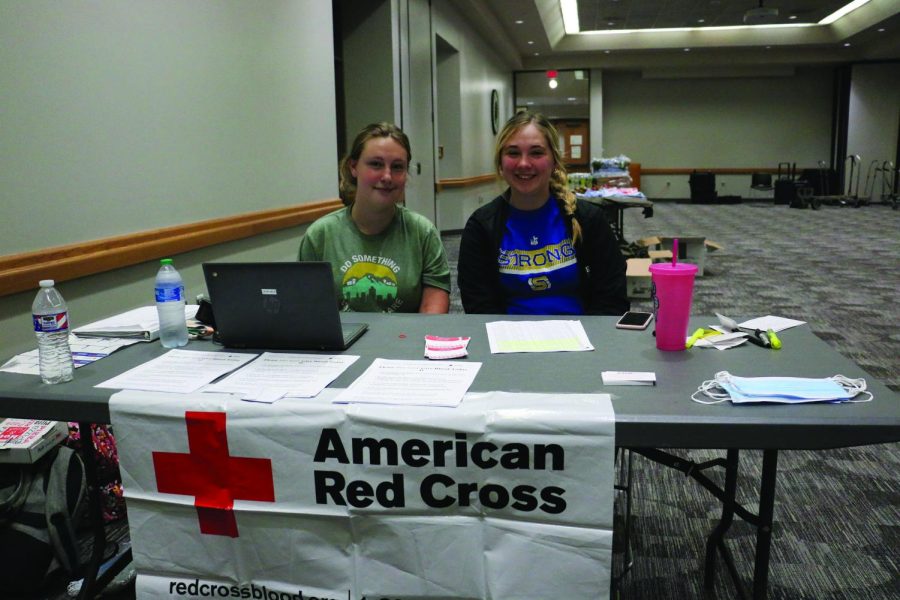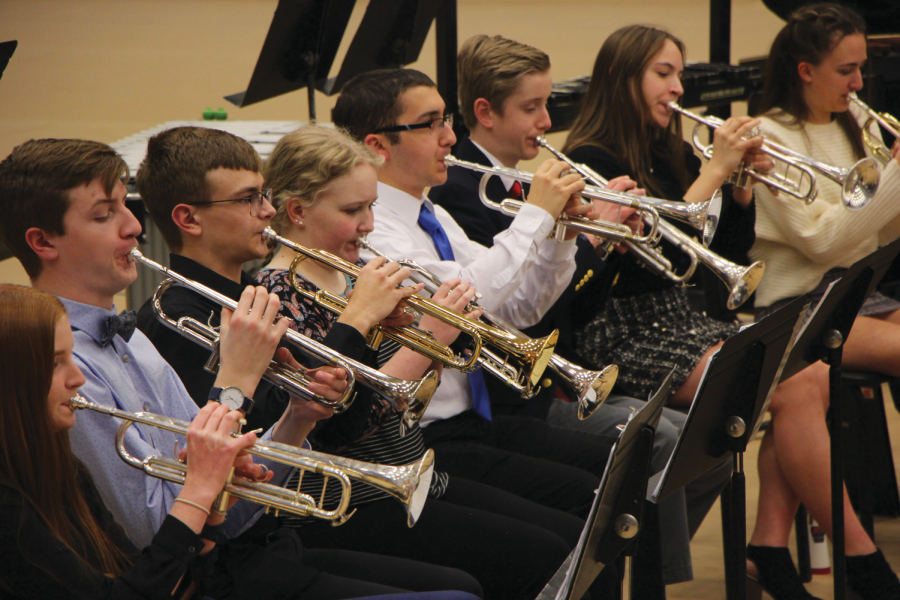Chappell Roan is an artist that I have had conflicting feelings about since I first heard her single “Pink Pony Club” back in early 2022. For a while, she was an artist that I would recommend to almost anyone, as the few singles she had out at the time were fun, easy-to-listen-to pop songs. Over the last two years, however, Chappell Roan has made a name for herself in the capital “M” mainstream. With that newfound popularity, she has been lauded as a queer icon. That’s the part that complicated my feelings of her. Her new single “The Giver,” with its switch into pop country, has made me fully understand why.
On one hand, I am extremely happy to see an undeniably queer artist topping the charts (pun entirely intended) and being in the spotlight in a way that hasn’t really been seen before. Representation is important. However, I can’t help but be partially disappointed that that representation comes in the form of largely unremarkable pop songs.
Roan’s most recent single has sparked discussion online over whether or not she is “going country.” From my perspective, “The Giver” is not a country song. Just because fiddle has been added to the instrumental of the song, does not make it more than a pop song with country aesthetics. There have been quite a few artists lately who have shifted towards country music and done it well, like Beyonce, but those artists lean more into country music than Roan does.
This is the exact same reason I am frustrated with Roan being one of the first queer artists to reach the level that she has. Her music is queer aesthetically but not sonically; that is to say, if you changed the lyrics of her songs, they would not be identifiably queer.
There has been a long history of queer musicians making boundary-pushing, avant-garde music going all the way back to the New York ballroom culture of the 70s, and although Roan borrows from that scene to craft her onstage looks, her music doesn’t encapsulate the same attitude that made that culture so important. That’s not necessarily a bad thing, hence my confliction, but it is disappointing to see the most visibly queer artist of the decade so far making music outside of the queer tradition.
Chappell Roan is, above all else, marketable. That has been the key to her success. She and her management team have done an impeccable job at crafting and packaging queerness to be sold to a wider audience and that extends into the music itself. There is a reason that it is Chappell Roan on the stage at the Grammys and not Sophie or Laura Less, because those artists are making boundary-pushing, campy, QUEER music, and that is something Chappell Roan is not doing.
One of my co-worders who is less than a fan of Roan has several times complained to me about a group of guys who always play “Pink Pony Club” on the jukebox at The Max, and that really speaks to her accessibility. The fact that she is not only being championed by queer women but also by straight men in dive bars in middle-of-nowhere Nebraska is telling.
One of the artists that really exemplifies my frustrations with Roan is prime Lady Gaga, because Gaga didn’t just put on drag and talk about hooking up with women; Gaga was camp in its fullest, truest form. Her third album “Born This Way” was not only named after her single by the same name, a bombastic, over-the-top love letter to queerness, but the album art is her body morphing into a motorcycle. It’s a level of camp that would make John Waters cry.
Although Roan is very obviously and outwardly queer, a lot of her lyrics give me the same vibe as a white person misusing AAVE. The queer lyrics feel out of place when placed in front of instrumentals that, in another universe, could very well be from a Sabrina Carpenter song.
Ultimately this might just read as “old man yells at cloud,” but I just encourage people who enjoy Roan’s music to not have her be their only exposure to queer music when there are so many talented LGBTQ musicians across all different genres and styles who deserve just as much attention.








Poppy Schindler • Mar 27, 2025 at 8:43 pm
Ethan you are a man, you will never understand good luck babe or red wine supernova that’s why lesbians love her and why she is the only openly lesbian popstar to make it to the world mainstreim, and say her art is less queer than Sophie, Laura Less, or that her music is less auntentic than Born this way, when lady gaga’s “queerness” music is just the same repetitive “love is love” speech to make gays feel empowered, this article reminds me of those men who say they understand Fiona Apple’s discography when they obviously do not. And just to remind you Chappell was an independent artist and her music was niche, the rise and fall of a midwest princess was not even a commercial album, only until the public began to know her.